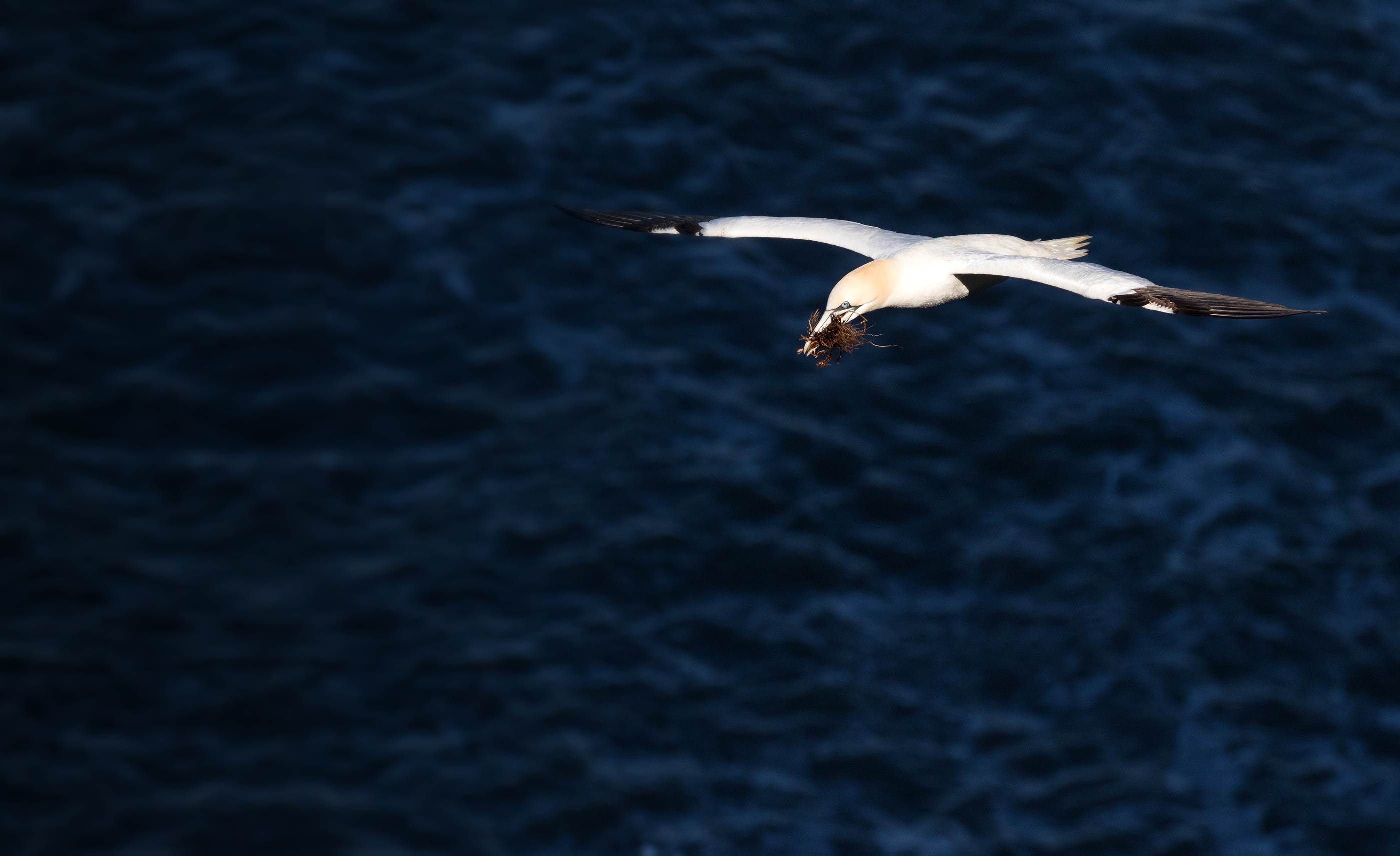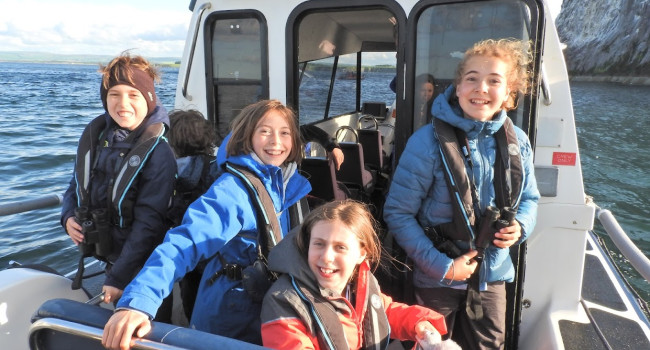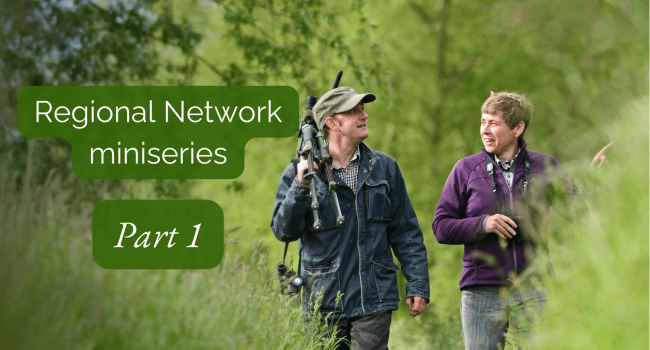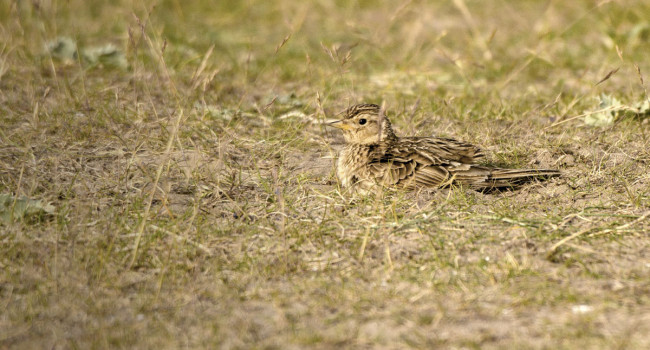Cormorant control: it's not clear cut
The UK Cormorant population has increased in size and range in recent decades, with more birds breeding and wintering inland. This has led to conflicts with some fisheries, so licences have been issued to kill up to 2,000 birds annually since the mid-2000s. New research by the BTO has examined whether this control has been associated with changes in Cormorant numbers on WeBS sites, particularly on Special Protection Areas (SPAs) designated to protect species under the European Birds Directive.
The study found no evidence that killing Cormorants one winter affected numbers at local sites the following winter. Cormorant population growth was associated with higher intensity control, although this does not show whether control has influenced the national population trend, as Cormorants may simply disperse as a result of disturbance. Further work is needed to monitor Cormorants outside WeBS sites and to research their population dynamics and behaviour. The key questions of whether Cormorant control has the desired effect of reducing predation at fisheries, and how cost effective it is compared to other measures, remain to be answered.
Although there has been a decrease in Cormorant population growth nationally since the mid-2000s, there was no evidence that killing Cormorants one winter affected numbers at local sites the following winter. However, some results indicated that Cormorant population growth was associated with higher intensity control (although this was not seen on SPAs). One explanation for this positive relationship could be that disturbance caused by control increases Cormorant dispersal, leading to apparent population growth at the site level. Alternatively, the results may reflect the fact that control measures are often reactive, with licenses granted in response to local increases in Cormorant numbers.
Due to the potential for increased Cormorant movements following control, both at larger scales and between unmonitored and monitored sites, these findings do not provide evidence as to whether control has influenced the national population trend. Further work is needed to better monitor Cormorants outside WeBS sites and to research their population dynamics, movements and behaviour. The key questions of whether Cormorant control has the desired effect of reducing predation at fisheries, and how cost effective it is compared to other measures, remain to be answered.






Share this page